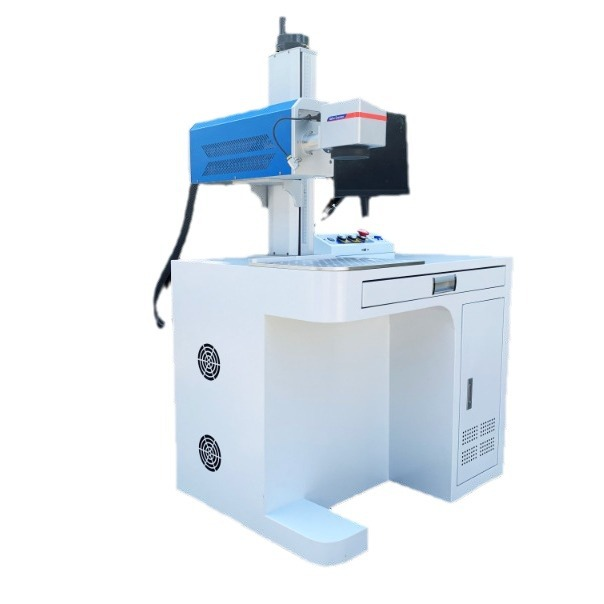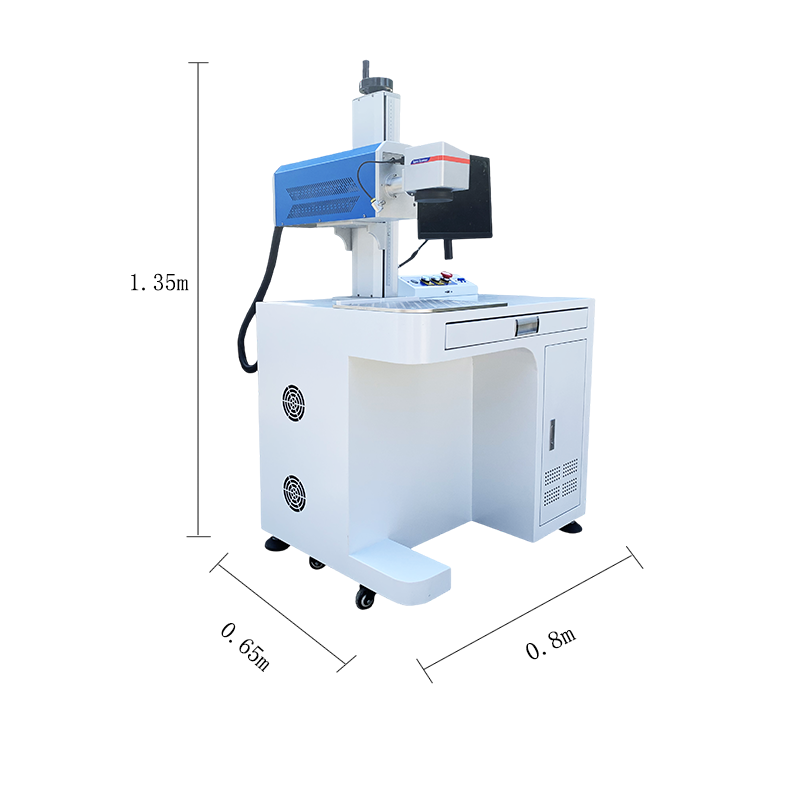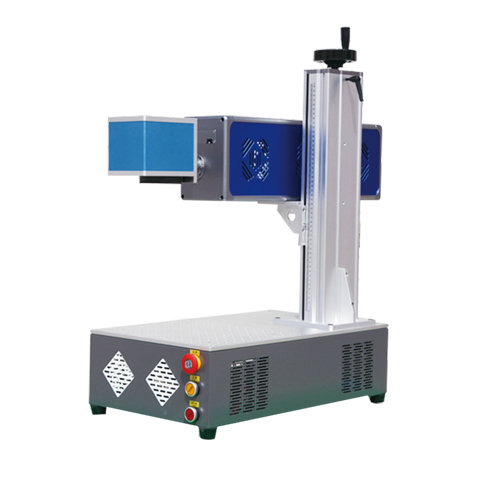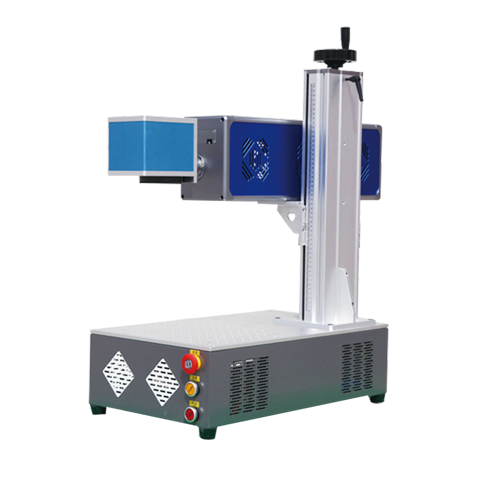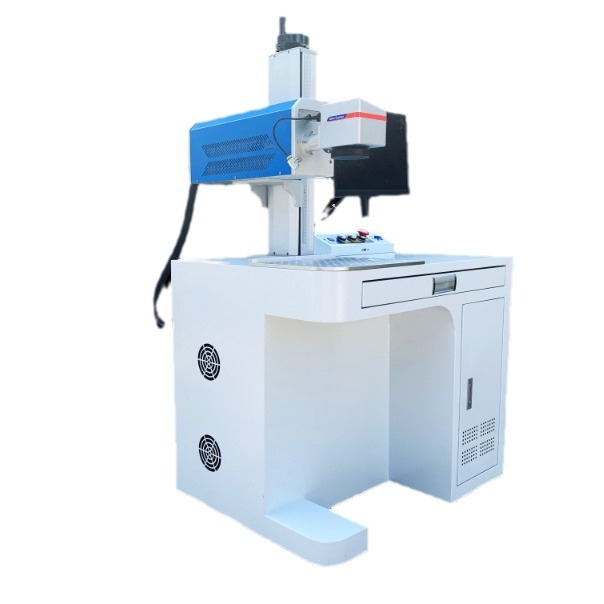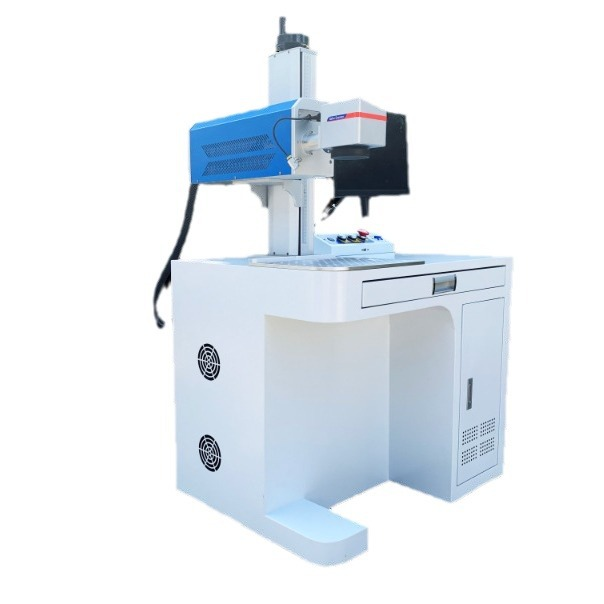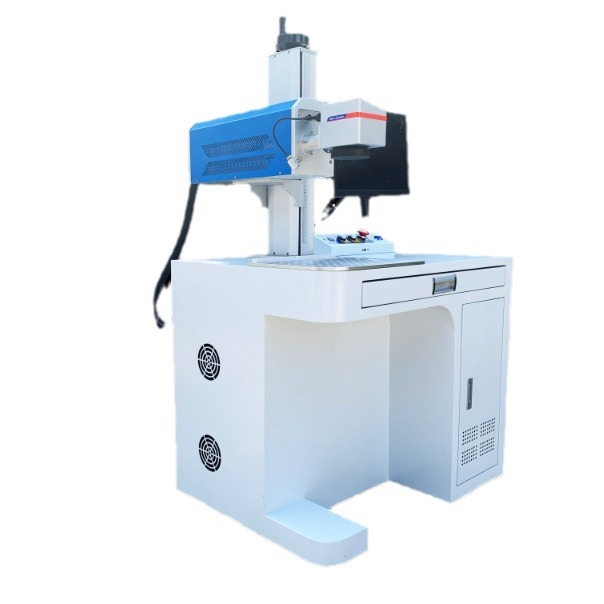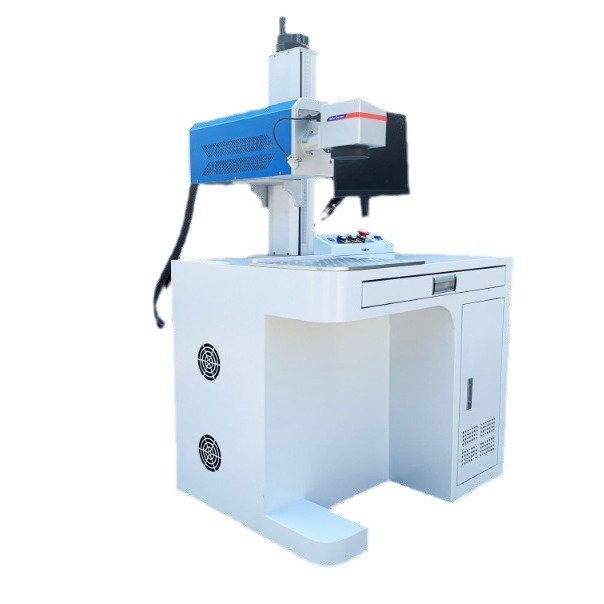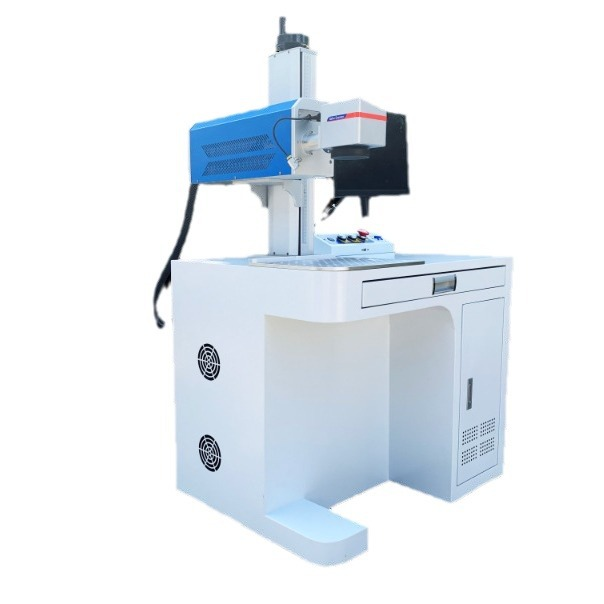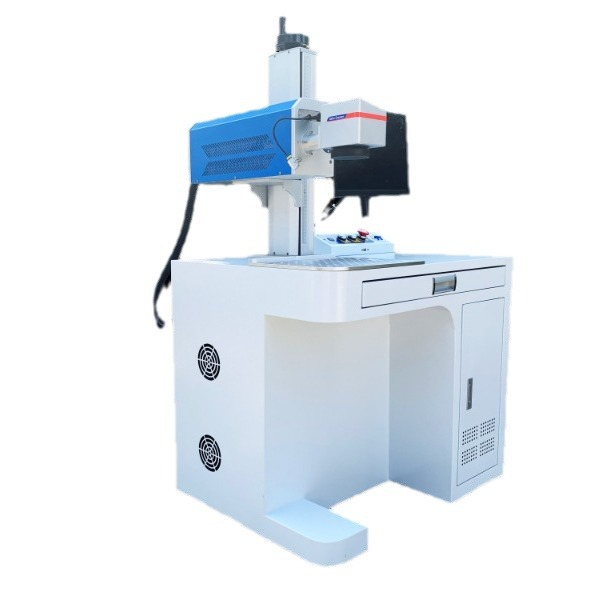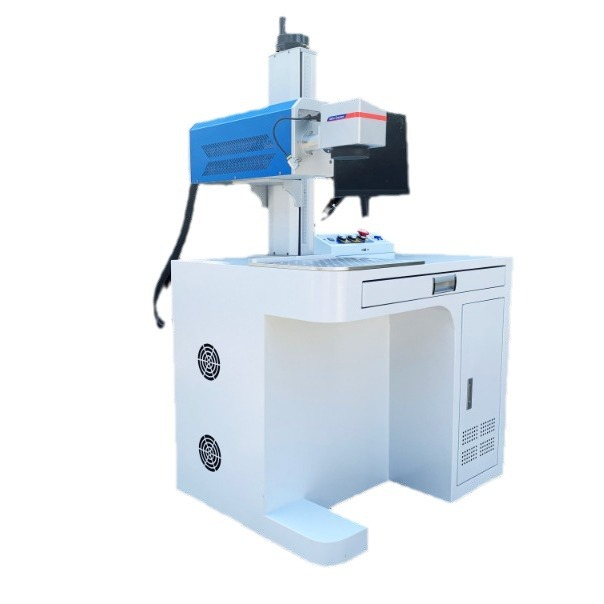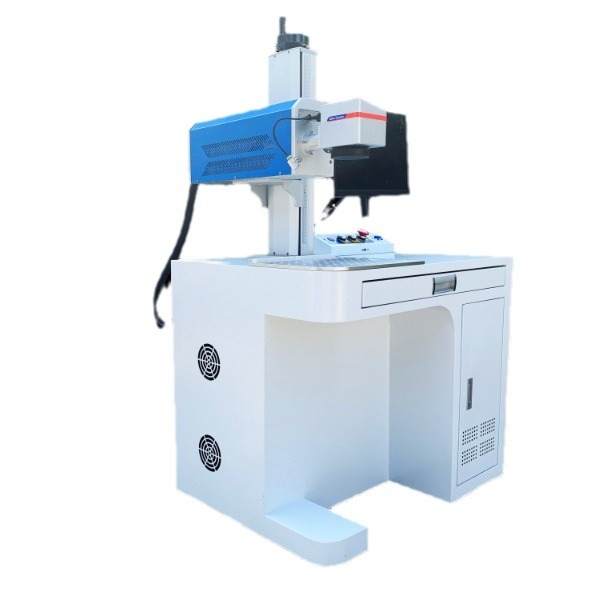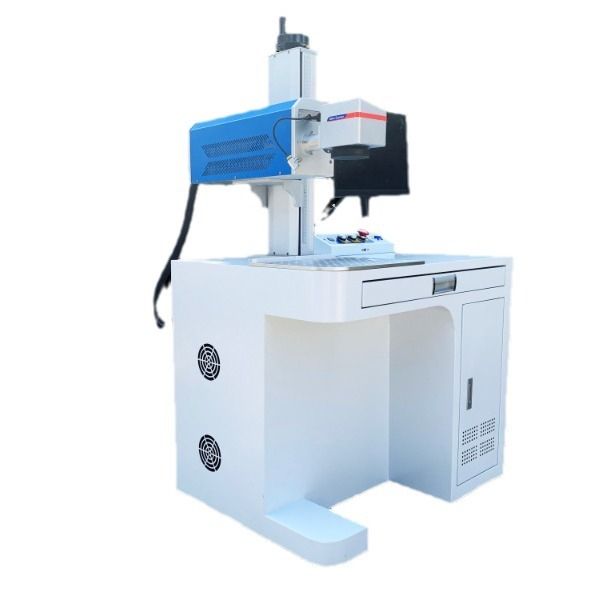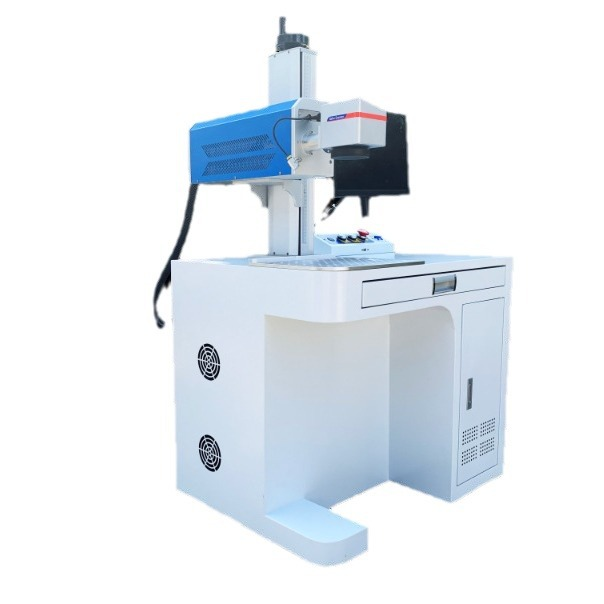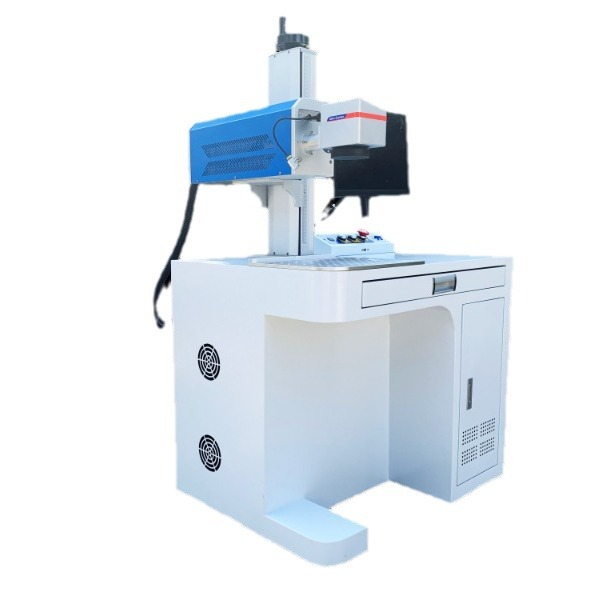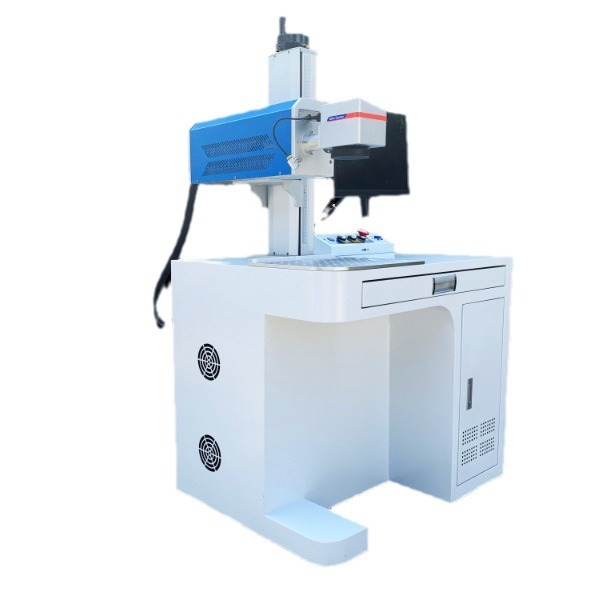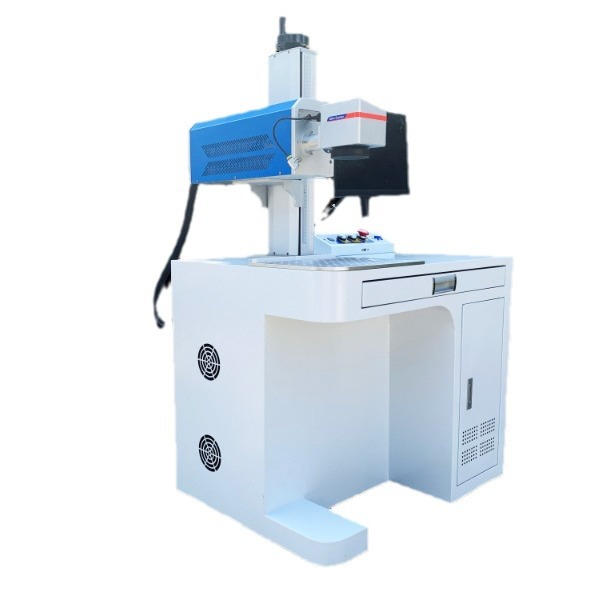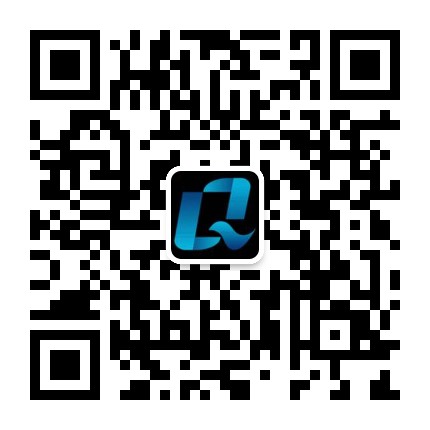A CO2 laser marking machine can be a valuable tool in warehouse operations for labeling, tracking, and inventory management. Here is how it can be effectively used:
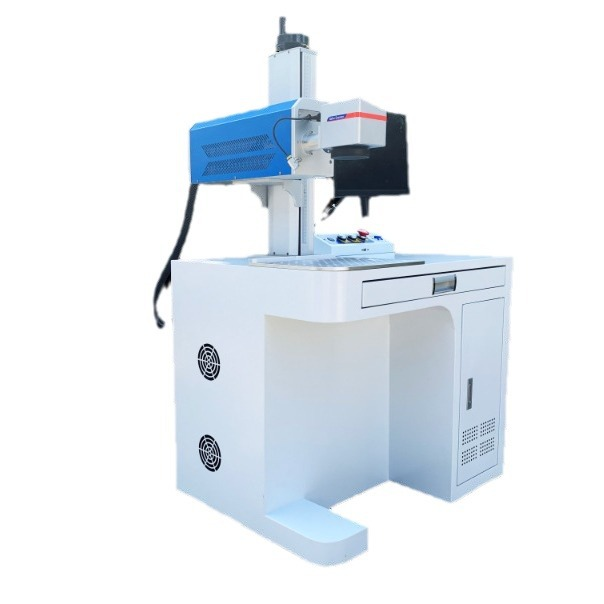
Applications in Warehousing:
Product & Package Marking
Permanently mark barcodes, QR codes, serial numbers, and batch codes on cartons, wooden pallets, or plastic packaging.
Ideal for expiry dates, lot numbers, and compliance labeling (e.g., FDA, CE, or ISO standards).
Asset & Inventory Tracking
Engrave unique identifiers (UIDs) on metal tags, plastic bins, or equipment for asset tracking.
Helps in automated inventory systems (WMS integration possible).
Pallet & Shelf Labeling
Mark location codes on warehouse racks, shelves, or pallets for better organization.
Works on wood, cardboard, acrylic, and some metals (with coatings).
Anti-Counterfeiting & Security
Engrave tamper-proof marks, logos, or holographic patterns on high-value goods.
Advantages of CO2 Laser Marking in Warehouses:
✔ Non-Contact Process – No physical damage to products.
✔ High Speed & Precision – Faster than manual labeling, reducing bottlenecks.
✔ Durable Marks – Resistant to fading, moisture, and abrasion.
✔ Low Maintenance – No ink or labels needed, reducing consumable costs.
✔ Automation-Friendly – Can integrate with robotic arms or conveyor systems.
Materials It Can Mark:
✅ Cardboard & Corrugated Boxes
✅ Wooden Pallets & Crates
✅ Plastic Packaging (PP, PE, ABS, etc.)
✅ Glass & Ceramics (for special labeling)
✅ Anodized or Coated Metals
Considerations Before Buying:
Laser Power (10W-100W+): Higher power = faster marking on thicker materials.
Marking Area Size: Choose based on product dimensions.
Software Compatibility: Should support barcode generation & database linking.
Ventilation/Fume Extraction: Needed for smoke control when marking certain materials.
Best Warehouse Use Cases:
E-commerce Fulfillment Centers – High-speed package labeling.
Pharma & Food Warehouses – FDA-compliant batch coding.
Automotive/Logistics – Part tracking on reusable containers.

